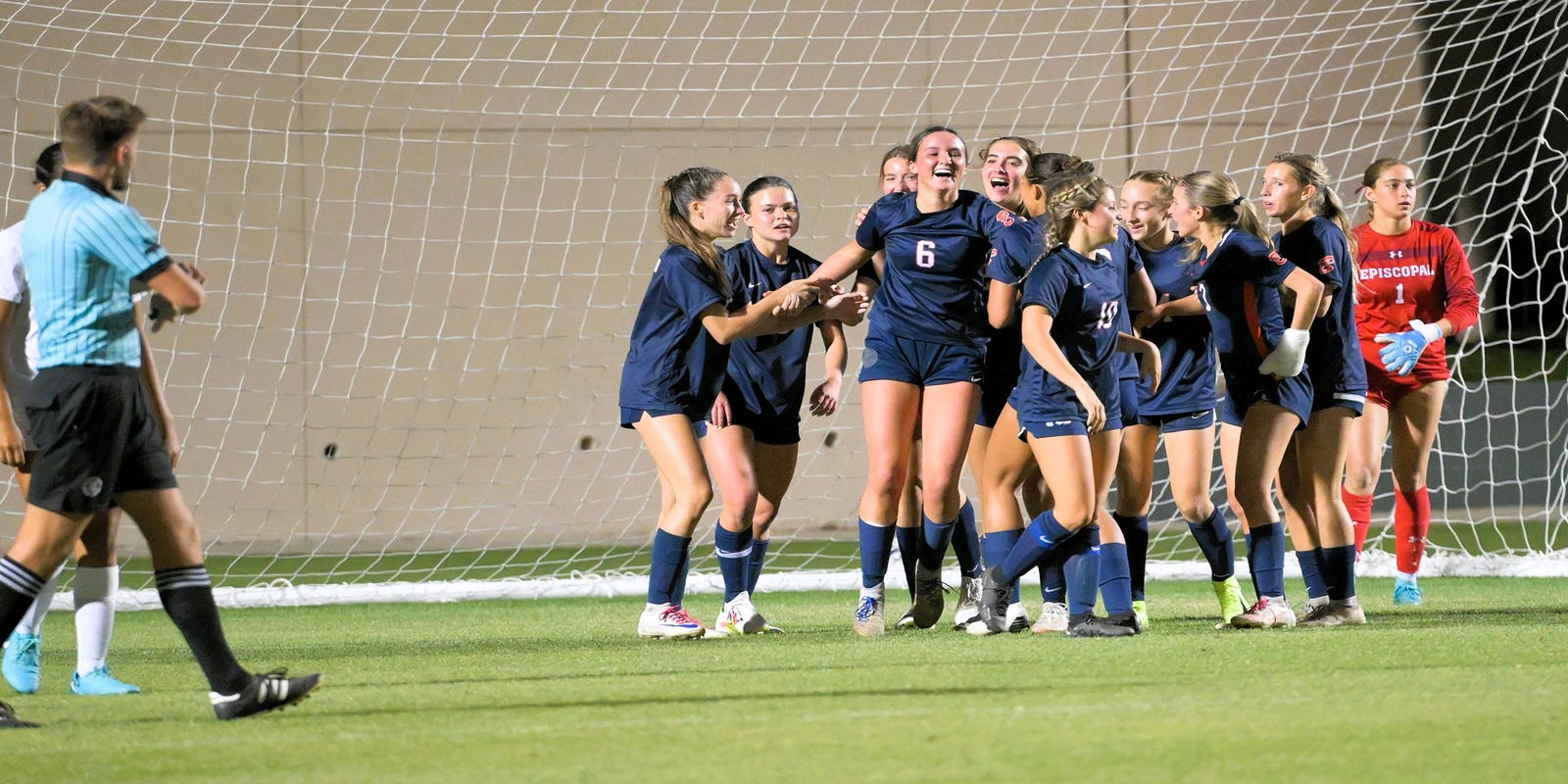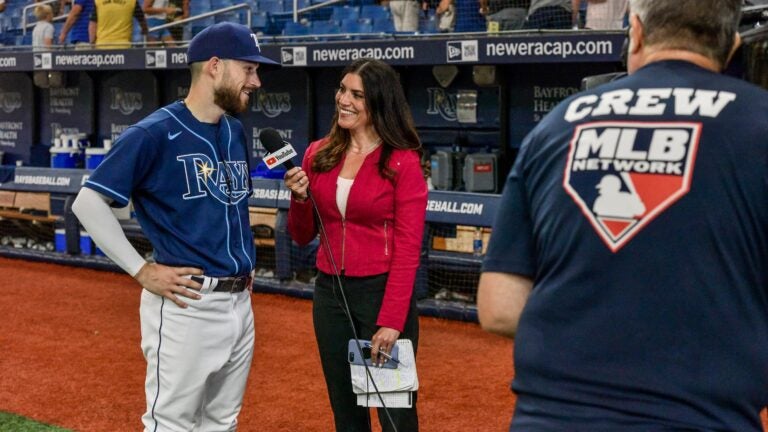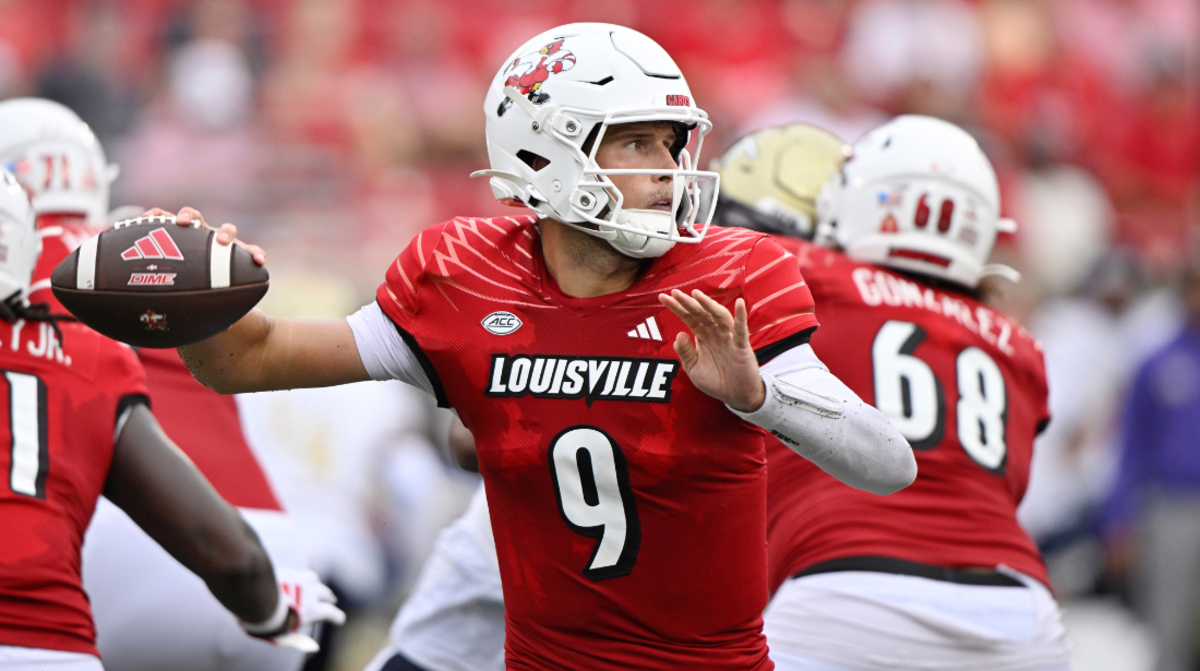From Expos to Electric Blues: The Wild World of Sports Uniform Madness
Sports
2025-04-10 20:08:40Content
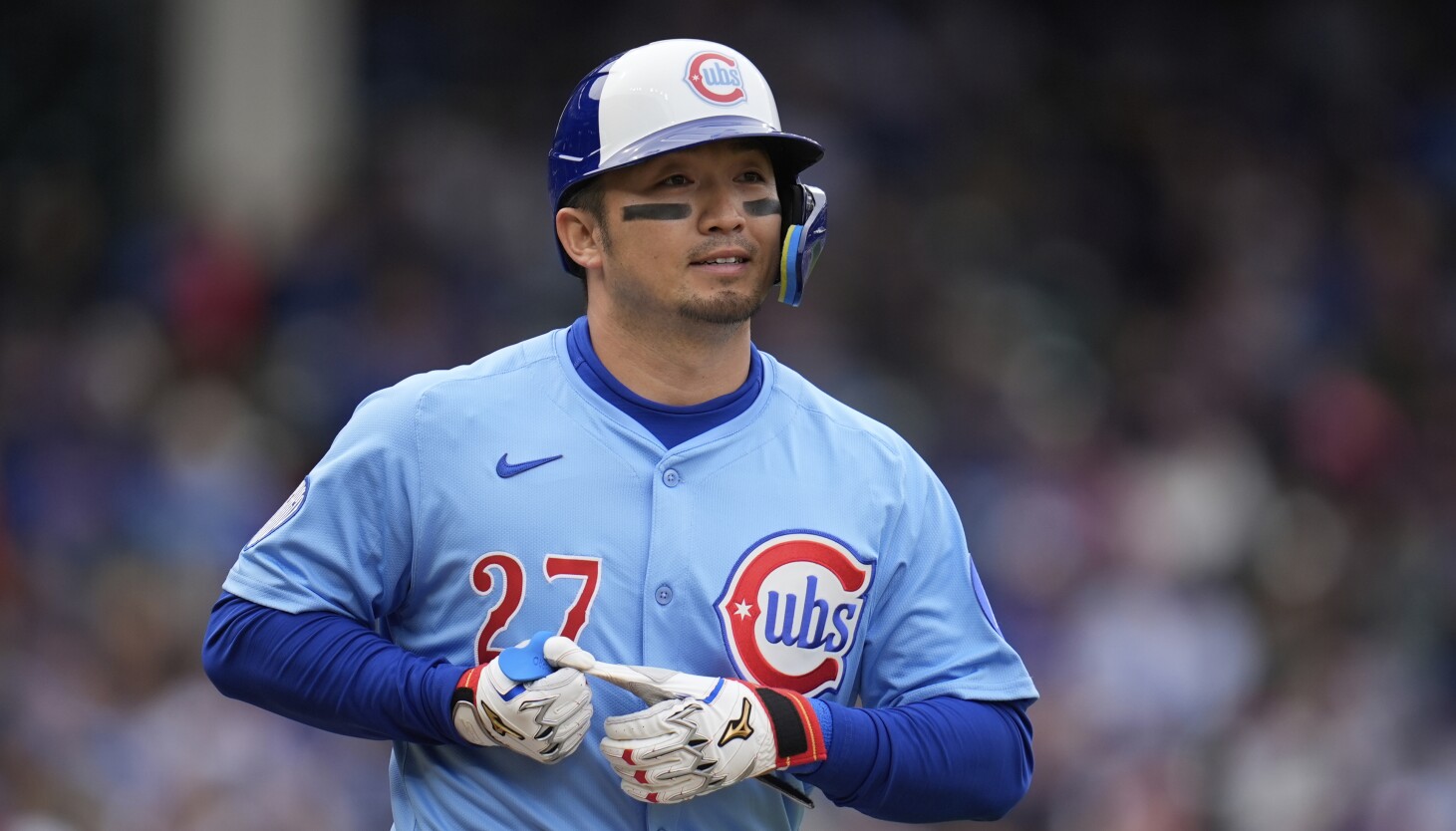
In the high-stakes world of professional sports, teams are engaged in a relentless pursuit of revenue, transforming their visual identities with an ever-expanding array of uniforms. What was once a simple matter of team colors and traditional designs has morphed into a kaleidoscopic parade of alternate jerseys, special edition kits, and marketing-driven wardrobe changes.
The result? A visual cacophony that not only challenges fan recognition but often borders on the absurd. Teams are now donning so many different uniforms that players sometimes look more like walking billboard experiments than cohesive athletic units. The proliferation of these designs has reached a point where fans might struggle to identify their favorite players, let alone the team they're representing.
This uniform proliferation is driven by a potent mix of commercial interests and the insatiable appetite for novelty. Merchandise sales, sponsorship opportunities, and the desire to capture fan attention have transformed team uniforms from simple athletic wear into complex marketing tools. While some alternate uniforms are creative and compelling, many have become so convoluted that they sacrifice the fundamental purpose of a uniform: clear team identity.
The precious dollar, it seems, is reshaping not just sports economics, but the very visual language of athletic competition.
The Uniform Dilemma: When Marketing Meets Baseball's Sacred Tradition
In the high-stakes world of professional baseball, a subtle yet profound transformation is occurring, challenging the very essence of team identity and fan connection. As financial pressures mount and marketing strategies evolve, sports franchises are increasingly weaponizing uniform design as a complex economic and cultural battleground.Decoding the Visual Chaos of Modern Sports Branding
The Economic Imperative of Visual Merchandising
Professional sports teams have discovered a lucrative revenue stream that extends far beyond ticket sales and broadcast rights. Uniform design has metamorphosed from a simple team identifier to a sophisticated marketing instrument. Each new jersey represents not just athletic representation, but a calculated commercial strategy designed to capture fan imagination and wallet share. Modern baseball organizations understand that every uniform variant creates multiple merchandising opportunities. By introducing alternate jerseys, commemorative editions, and limited-release designs, teams transform traditional sportswear into collectible artifacts that fans eagerly consume.Visual Complexity and Brand Dilution
The proliferation of uniform designs presents a paradoxical challenge. While teams aim to create distinctive visual identities, the overwhelming number of variations risks creating visual noise that undermines traditional team recognition. Fans increasingly struggle to instantaneously identify their favorite players and teams amid a kaleidoscope of color schemes and graphic elements. This visual fragmentation represents more than aesthetic confusion—it signals a deeper tension between commercial imperatives and sporting tradition. Each new uniform becomes a negotiation between historical authenticity and contemporary marketing demands.Psychological Impact of Uniform Proliferation
Uniform design transcends mere visual aesthetics; it carries profound psychological implications for player performance and fan engagement. Players develop intrinsic connections with their team's traditional colors and emblems, and radical departures can subtly impact team cohesion and individual athlete psychology. For fans, uniforms represent emotional investments. They are tangible connections to sporting memories, generational narratives, and collective identity. When teams introduce multiple uniform variants, they risk diluting these deep-rooted emotional connections.Technological Innovation in Uniform Design
Contemporary uniform creation represents a sophisticated intersection of textile engineering, digital design, and marketing strategy. Advanced materials provide athletes with performance advantages while simultaneously creating visually compelling narratives that extend beyond the playing field. Cutting-edge fabric technologies enable unprecedented levels of customization, allowing teams to craft uniforms that are simultaneously functional athletic wear and powerful branding statements. Moisture-wicking materials, temperature-regulating fabrics, and aerodynamic designs transform uniforms from simple clothing into high-performance instruments.Cultural and Historical Perspectives
The current uniform revolution must be understood within broader cultural contexts. Baseball, a sport deeply rooted in tradition, finds itself navigating complex waters between preserving historical integrity and embracing contemporary marketing strategies. Each uniform design becomes a nuanced dialogue between past and present, challenging established norms while attempting to maintain the sport's fundamental character. The result is a dynamic visual landscape that reflects broader societal transformations.Future Trajectories
As technology and marketing strategies continue evolving, uniform design will likely become increasingly sophisticated. Artificial intelligence, augmented reality, and personalized fan experiences may soon transform how we conceptualize team representation and sporting identity. The current uniform proliferation represents more than a passing trend—it signals a fundamental reimagining of how sports organizations communicate, engage, and monetize their brand narratives.RELATED NEWS
Sports
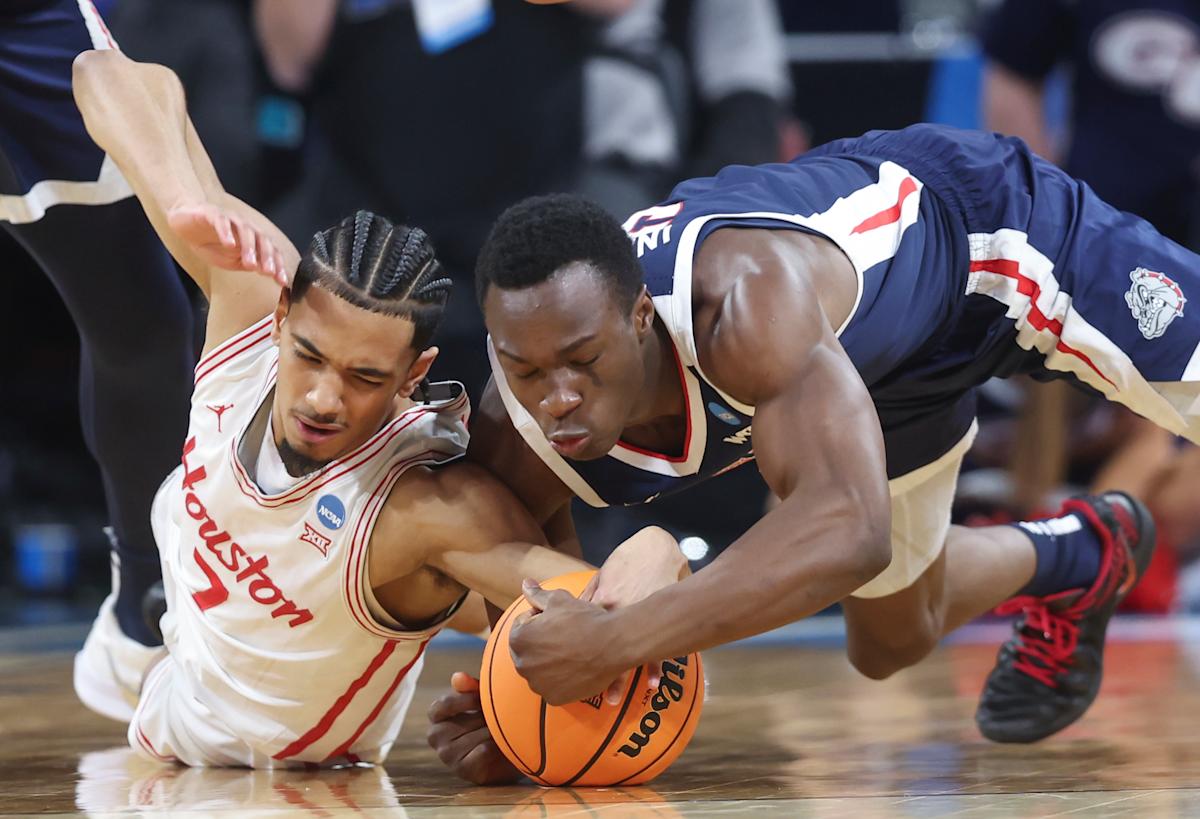
March Madness Thriller: Houston Survives Gonzaga's Late-Game Surge to Advance
2025-03-23 04:23:47
Sports

World Cup Heroes Return: Dybala and Paredes Summoned to Argentina's National Squad
2025-03-03 06:59:00



